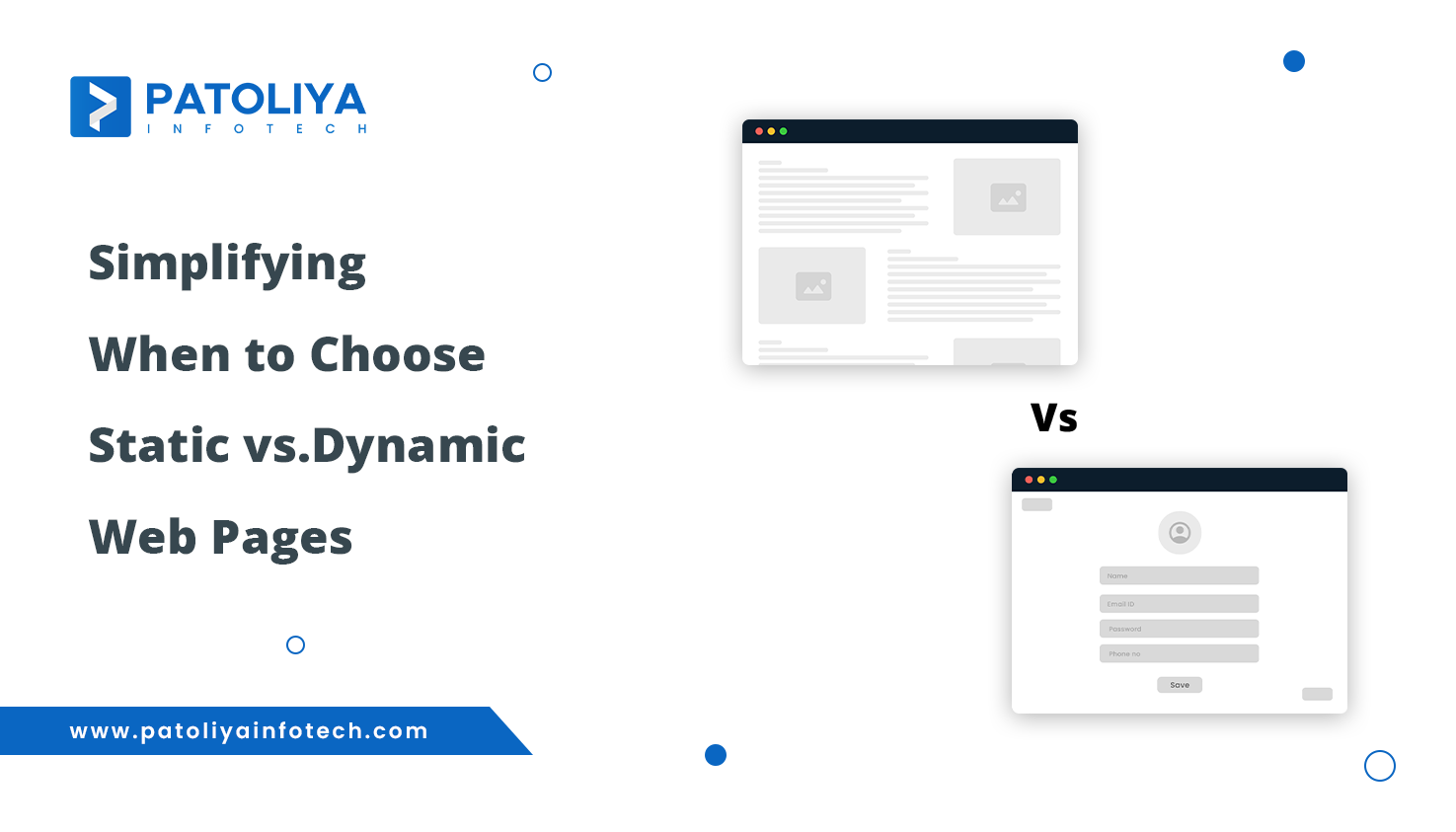Interested in Software Product Development Services? Here’s What You Should Know

The secret to those everyday apps is software product development, or SPD. It's the complete process from a brilliant concept to a well-made, useful product that consumers can use. This article dives deep into SPD territory, giving you the tools you need to understand this intricate process and realize your software aspirations.
Understanding the Scope
SPD includes all aspects of product development, including ideation, implementation, and post-launch success assurance. There are several steps in the process:
- Idea generation and validation for products: ideation workshops, market analysis, and concept refinement.
- Design and prototyping: Creating functionality and user interfaces that are easy to use.
- Development: Using selected technology, code the application.
- Testing and quality assurance: Identifying and fixing bugs before launch.
- Deployment: Enabling users on the intended platform to access your application.
- Maintenance and Support: resolving bugs, and ensuring seamless operation constitute maintenance and support.

Key Players in the Software Product Development Ecosystem, Who Makes the Magic Happen?
Several important roles contribute to building a successful software product:
- Developers: The coding wizards who translate ideas into functional applications.
- Designers: The artists who create intuitive and engaging user interfaces.
- Project managers: The masterminds who keep the project on track and within budget.
- Quality assurance (QA) engineers: The eagle-eyed testers who ensure the product is bug-free.
- Business analysts: The strategic thinkers who analyze market needs and user behavior.
Choosing Your Partner: Building the Right Relationship
Selecting the right development partner is crucial for success. Consider these factors:
- Expertise and experience: Do they have a proven track record in relevant domains?
- Portfolio and track record: Can they showcase successful projects similar to yours?
- Communication and collaboration: Can you seamlessly communicate and work together?
- Cultural fit: Are their values and work style aligned with yours?
Weighing the pros and cons of dedicated development teams, freelancers, and in-house developers will help you find the best fit for your needs.
Also Check How Will the Roles of IT Solution Providers Evolve in the Future of Technology?
The Software Development Lifecycle (SDLC): A Road Map to Success
The SDLC is a structured approach to developing software, typically involving these phases:
- Requirements gathering and analysis: Defining what the product needs to do.
- Design: Creating a blueprint for the software's architecture and components.
- Development: Building the actual software application based on the design.
- Testing: Rigorously testing the software to identify and fix any issues.
- Deployment: Launching the product and making it available to users.
- Maintenance and support: Continuing to fix bugs, update features, and ensure smooth operation.
Agile methodology, with its iterative and responsive approach, is often preferred for its flexibility and adaptation to changing needs.

Understanding Technology Stacks
A technology stack is the set of technologies used to build your software. Popular choices include:
- Web development: Python (Django, Flask), JavaScript (React, Angular), PHP (Laravel).
- Mobile development: Swift (iOS), Kotlin (Android), React Native (cross-platform).
- Desktop development: C++, Java, Python (Tkinter, PyQt).
The decision is based on several variables, including time-to-market, security, scalability, and project needs. Blockchain, IoT, and AI are examples of emerging technologies that are having an interesting impact on SPD.
Budgeting and Cost Considerations
Software development costs can vary widely depending on several factors:
- Complexity: Simple apps cost less than feature-rich, complex ones.
- Features and functionalities: More features translate to higher costs.
- Development team composition and location: Onshore teams cost more than offshore ones.
- Timeline: Rushing the project can increase costs.
Optimizing costs without compromising quality involves factors like clear requirements, efficient development practices, and choosing the right technology stack.

Ensuring Quality and Security
Thorough QA testing is essential to guarantee that your product is secure, free of bugs, and functions properly. Numerous testing formats concentrate on distinct facets of the program. To secure user data and avoid vulnerabilities, security best practices must be used throughout the software development life cycle (SDLC). Furthermore, in sensitive sectors, it's crucial to ensure compliance with pertinent rules like GDPR and HIPAA.
Post-Deployment Support and Maintenance
After launch, your product's journey continues. Long-term success depends on post-deployment support and maintenance. This includes resolving bugs, incorporating new features, enhancing functionality, and offering users continuing support. Service level agreements (SLAs) should be established with your
Wrap Up
Hopefully, this thorough examination of software product development services will enable you to successfully traverse the realm of creating your ideal app. Recall that although the path may be difficult, the payoffs are significant. You may choose the best partners to help you realize your goal by being aware of the procedure, important stakeholders, and crucial factors.


